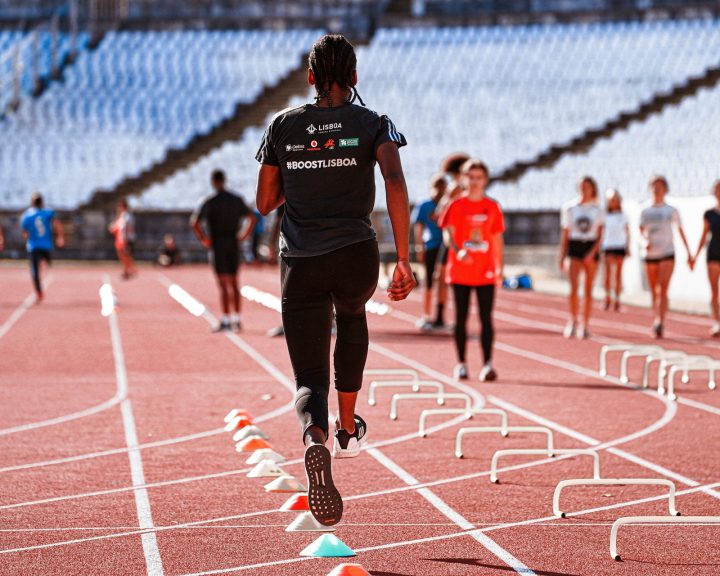Heat stress is a major concern in athletics, particularly American football. The evaporation of sweat is the major way for reducing body temperature during intense exercise. Deren et al in their 2012 article in Medicine and Science in Sports and Exercise point out that the number of sweat glands is fixed by the age of 2. This is significant because as body mass changes, the number of sweat glands do not change – which is a potential problem for individuals with a great deal of body mass.
Deren et al looked at whether there are differences in upper body sweat rates between football linemen (i.e. larger body mass) and football backs. The authors studied six linemen and six backs. They had the athletes ride a stationary bike for 60 minutes in a temperature/humidity-controlled room, the idea being to have them exercise at an intensity designed to produce a fixed amount of heat production.
The authors measured the core temperature, mean skin temperature, and the local sweat rate at the forehead, forearm, chest, and lower back. Measurements were taken at regular periods during the exercise session.
The authors found that the local sweat rate was significantly greater for linemen than backs at the forehead, forearm, shoulder, and chest. The authors also found that the linemen had a greater core temperature during the last 15 minutes of exercise.
These two results are very interesting because when taken together they contradict each other. Despite sweating more, the linemen have an elevated core temperature compared to the backs. The authors feel that the linemen evaporate a smaller proportion of their sweat than do the backs. This could be due to aerobic fitness levels, body fat percentage, or something else.
The take home message behind this study is that there may be a need to pay more attention to the linemen in terms of fans, mists, and other things to help them keep their skin wet and to help them better evaporate their sweat in order to better help them regulate their heat.
Deren, T.M., Coris, E.E., Bain, A.R., Walz, S.M., and Jay, O. (2012). Sweating is greater in NCAA football linemen independently of heat production. Medicine and Science in Sports and Exercise, 44(2): 244-252.

